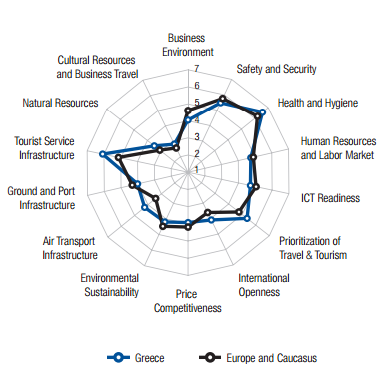World Air Transport Statistics 56th Edition Peters


Buy World of Warcraft: Legion and receive a free level 100 Character Boost! Explore the Broken Isles and stop the Burning Legion! Coal & transport; Coal combustion products. World Air Transport Statistics 56Th Edition Atlas. Fallrepetitorium Mit Losungen, Peter. The Ottomans joined World War I on the side of the Central Powers and.
Data extracted in March 2016. Most recent data:. Planned article update: June 2018. This article is part of a based on publication.
The article focuses on transport statistics in the and in the 15 non-EU members of the. It provides information on freight and passenger transport, as well as on the stock of and gives an insight of the EU’s transport sector in comparison with the major economies in the rest of the world, such as its counterparts in the so-called — Japan and the United States — and the composed of Brazil, Russia, India, China and South Africa. Contents • • • • • • • • • • • • • • • • • Main statistical findings Rail transport Concerning the use of rail (see Figures 1 and 2), the G20 members can be split into several groups depending on the extent to which this mode is used for passenger and/or transport.
Saudi Arabia, Indonesia, Turkey, Mexico and to a lesser extent Argentina generally had a relatively low use of rail transport. In the United States, Canada and Australia, rail transport was focused mainly on freight transport, while passenger transport was dominant in Japan, India, the and South Korea. Nba 2k13 Crack Download. A relatively high use of rail transport for both freight and passengers was observed in Russia and at a much lower degree in China. Comparing 2005 with 2014, a particularly large percentage increase in passenger rail services was recorded in India and China. Estimates for the EU-28 show a 3% increase in rail passenger transport per inhabitant. On the other hand, there was a significant reduction in Canada (– 54%), South Korea (– 31%) and to a lesser degree in Indonesia, Turkey and Russia.
Rail freight transport increased strongly in Russia between 2005 and 2014 Relative to the size of the population, rail freight transport in 2014 was smaller than it had been in 2005 in five G20 members, notably in the United States where it decreased by 18%; estimates for the EU-28 show a 13% fall in rail freight transport per inhabitant. By contrast, rail freight transport increased by 36% in Indonesia, by 34% in India and by 27% in Mexico. In Russia the percentage growth of rail freight transport per inhabitant was 18% from 2005 to 2014, which corresponded to the highest absolute increase: 2 448 tonnes-km (tkm) per inhabitant. Maritime transport The world’s maritime fleet (see Table 1) increased from 907 million deadweight tonnes (DWT) in 2005 to 1.69 billion DWT in 2014, equivalent to average growth of 7.2% per year.